Exploring Synesthesia: When Senses Merge to Shape Art, Design, and Music
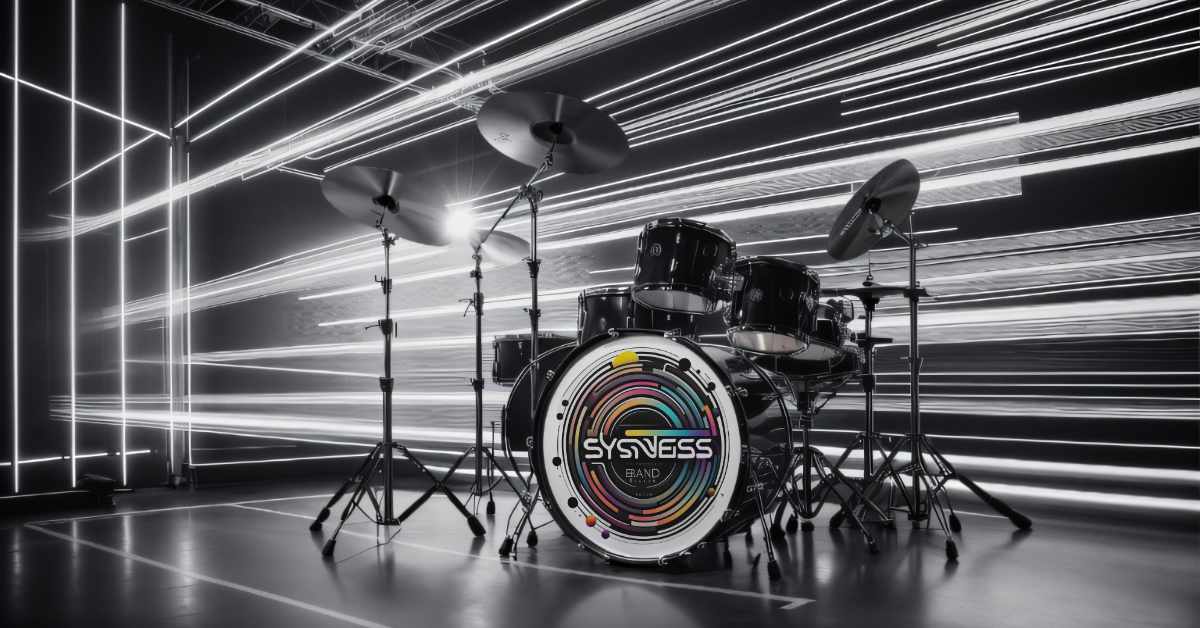
Have you ever wondered what it’s like to see patterns and shapes when you hear music, or to associate colours with certain instruments? Well, welcome to the intriguing world of synesthesia, where the senses dance together to create a unique sensory symphony! Despite how all this might sound, those with synesthesia experience it naturally. No need for anything like LSD or other hallucinogens although it can happen as a result of drug use.
Synesthesia is a captivating neurological phenomenon that goes beyond merely seeing colours when you hear music. For some, like myself, it’s about experiencing music and sound as a complex interplay of patterns, shapes, and colours. Imagine hearing a guitar strum and seeing an intricate pattern of geometric shapes or the rhythm of a drum as a dynamic pattern of white lines. It’s a truly magical blending of the senses that has profound implications not only for art and design but also for music.u
Unlocking Creative Pathways
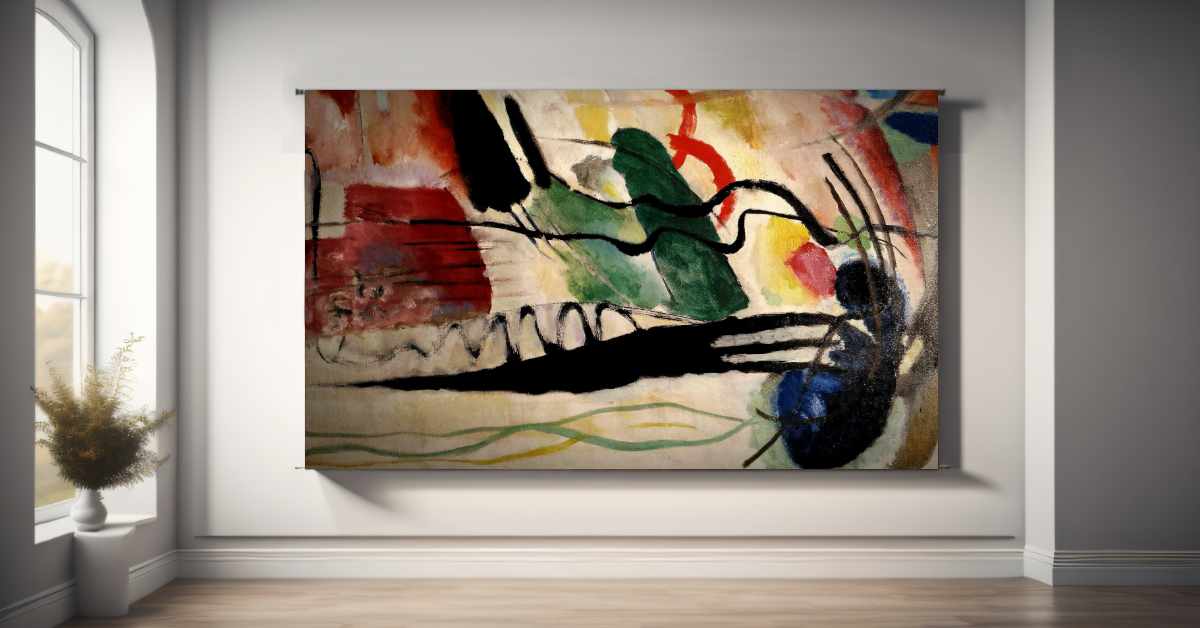
For those of us with synesthesia, these sensory experiences become a rich source of creative inspiration, not only in the visual arts but also in the world of music. Our brains weave together sound and sight in ways that allow for unconventional connections and associations. Artists, designers, and musicians with synesthesia find themselves drawing from a well of sensory information that gives birth to work that is not only visually captivating but also emotionally resonant.
Consider the iconic painter Wassily Kandinsky. While he is celebrated for his visual synesthesia, we can extend the concept to encompass musical synesthesia as well. Imagine him listening to a piece of music and seeing a symphony of shapes and colours in his mind’s eye, a harmonious blend of auditory and visual experiences that he masterfully translated onto canvas.
A Symphony of Senses—Including Music:
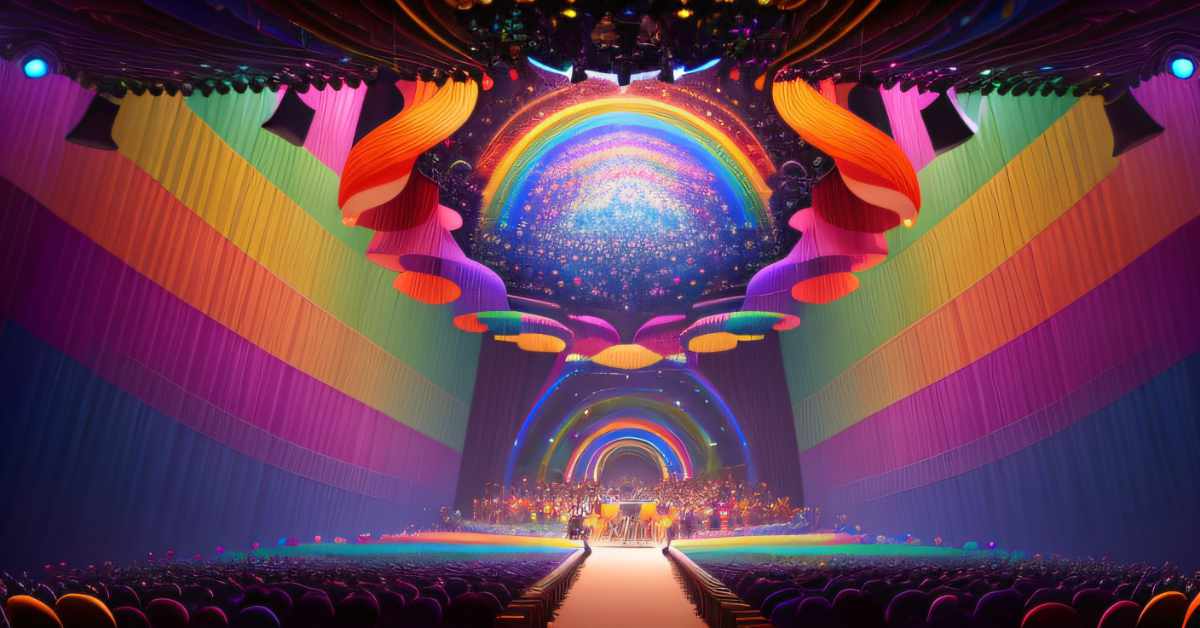
Synesthesia encompasses more than just visual and auditory connections. Just as I associate colours and shapes with music, there are different types of synesthesia that tie various senses together in extraordinary ways. Chromesthesia, the type of synesthesia where music is associated with colours, becomes an art form in itself. Imagine attending a symphony and watching the melodies unfurl as a visual kaleidoscope.
The impact of synesthesia on music composition is equally profound. Imagine a composer who orchestrates music not only by notes but by the colours they evoke, creating harmonies that resonate in both the auditory and visual realms. This unique perspective can lead to compositions that transcend traditional boundaries and stimulate multiple senses at once.
Synesthetic Icons in Art and Music
Apart from Kandinsky, there are other iconic artists, designers and musicians who have embraced their synesthetic experiences to create remarkable works
1. Vincent van Gogh: Some researchers speculate that the swirling, vibrant brushstrokes in van Gogh’s paintings could be attributed to his synesthesia, where he associated colours with emotions and sensations.
2. Pharrell Williams: The multi-talented musician and producer Pharrell Williams has openly discussed his experience of seeing music as colours. This synesthetic connection likely contributes to his visually captivating music videos and album art.
3. David Hockney: This celebrated British artist is known to associate colours with certain musical keys. This synesthetic insight may have played a role in his vibrant landscapes and portraits.
4. Franz Liszt: This legendary composer and pianist was known to associate colours with musical keys. His synesthetic experience likely influenced his innovative compositions and performances.
5. Mary J. Blige: The celebrated singer has mentioned seeing colours and shapes when she sings, making her performances an even more multisensory experience.
Embracing the Synesthetic Symphony
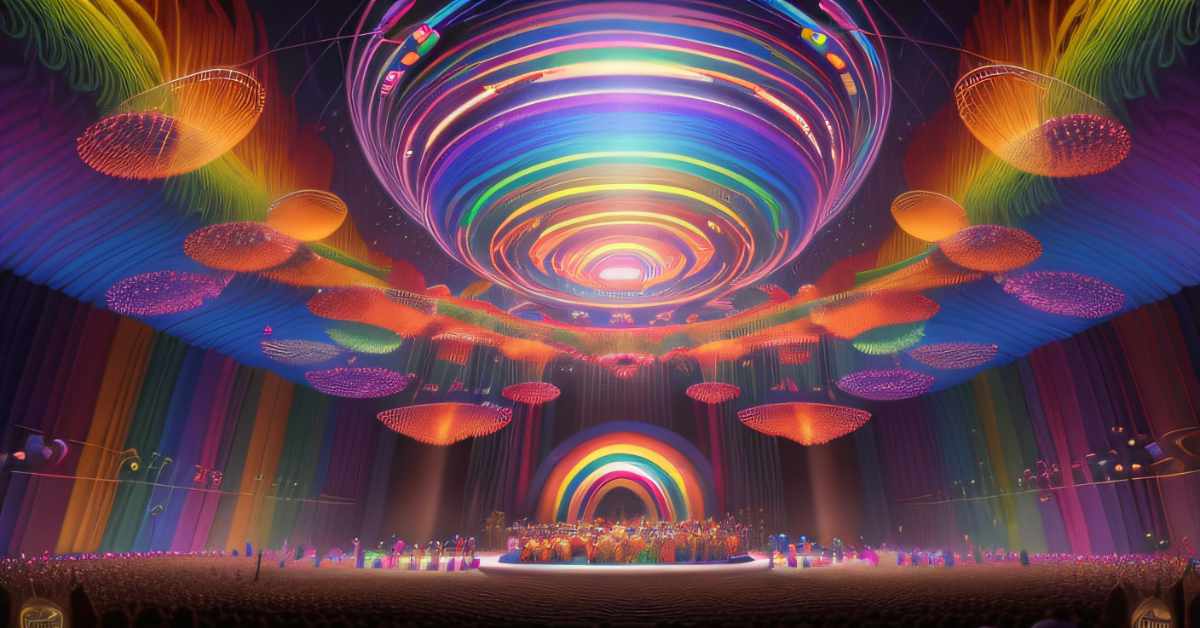
In a world where artistic expression and musical composition intertwine, synesthesia provides a lens through which to explore the depths of creativity. It invites us to bridge the gap between the auditory and visual realms, where sound is more than just what we hear, and colours are more than what we see. It’s a testament to the boundless potential of the human mind and its ability to craft a symphony of inspiration that resonates on multiple levels.
So whether you’re a painter, a musician, a designer, or simply someone who appreciates the power of creativity, delve into the enchanting world of synesthesia. It’s a journey into the sensory unknown, where music isn’t just an auditory experience, and colours aren’t just visual sensations. It’s a world where senses converge to create a masterpiece that is uniquely your own.


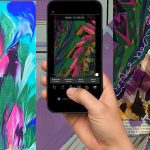



0 Comments